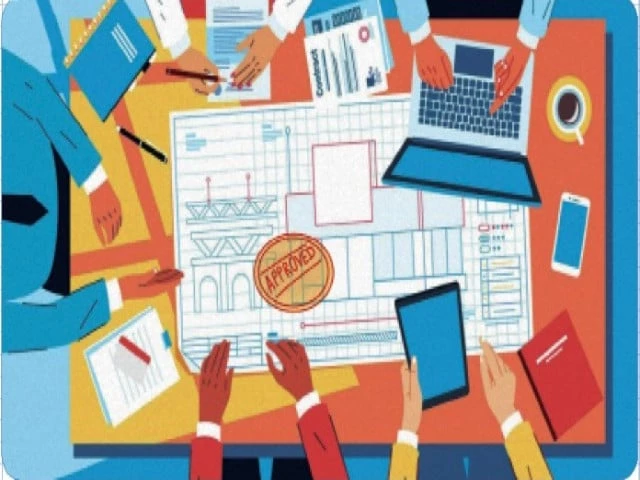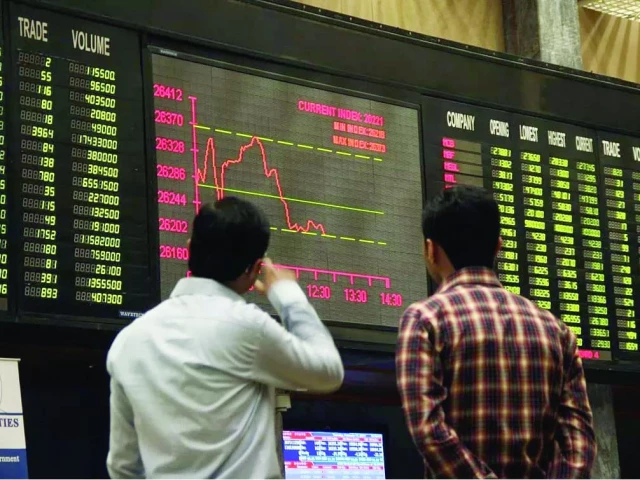The Recent Surge in Infrastructure Projects: What You Need to Know
In a surprising turn of events, the federal government has just greenlit 27 infrastructure projects worth over Rs1.5 trillion, primarily benefiting Sindh and Balochistan. While this announcement certainly raises eyebrows, it also opens the door to discussions about economic development in Pakistan.
One standout initiative is the Sukkur-Hyderabad Motorway (M-6), slated for construction at an impressive cost of Rs363 billion. This project has been on the drawing board multiple times before but never got off the ground, raising questions about its past feasibility. This recent approval could mark a turning point, especially as a Chinese firm is reportedly interested in handling all segments of the motorway.
The previous estimates foresaw costs (initially pegged at Rs165 billion) ballooning significantly over the years, highlighting the potential for financial discrepancies. It’s worth noting this project is seen as a top priority for the Pakistan Peoples’ Party (PPP), which is tying its budget support to its inclusion in the Public Sector Development Programme (PSDP).
Other critical projects encompass road upgrades, including sections of the treacherous N-25 in Balochistan, signaling a focus on improving safety as well. This road is infamous for its challenging conditions; thus, addressing it is both essential for user safety and vital for regional connectivity.
Funding has sparked various discussions, especially as several projects contravene the National Fiscal Pact in relation to the International Monetary Fund (IMF) program. This raises a flag on the sustainability of these expansions, questioning how they fit into the national economic framework.
In parallel, the Green Pakistan Programme has been boosted with a Rs122.2 billion budget focused on environmental sustainability. From restoring forests to promoting biodiversity, this initiative serves as a critical reminder of the balance between development and conservation.
The sheer size of these commitments highlights a significant shift in priorities. While the government emphasizes sustainable and inclusive growth, many citizens are naturally concerned about how these funds will be managed and whether they’ll translate into meaningful improvements in daily life.
As discussions around these initiatives continue, it’s clear that this is a critical juncture for Pakistan’s development landscape. Engage with us to explore how these projects might affect you and seek insights on navigating the evolving economic scenario through platforms like Pro21st.
At Pro21st, we believe in sharing updates that matter.
Stay connected for more real conversations, fresh insights, and 21st-century perspectives.





